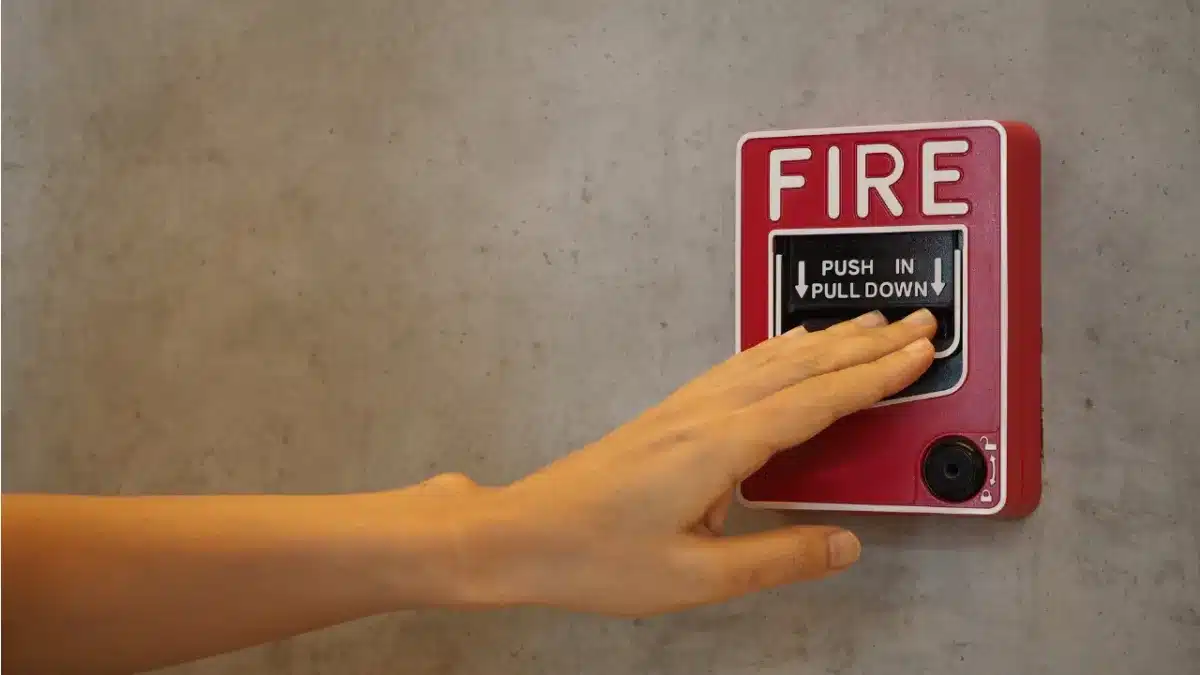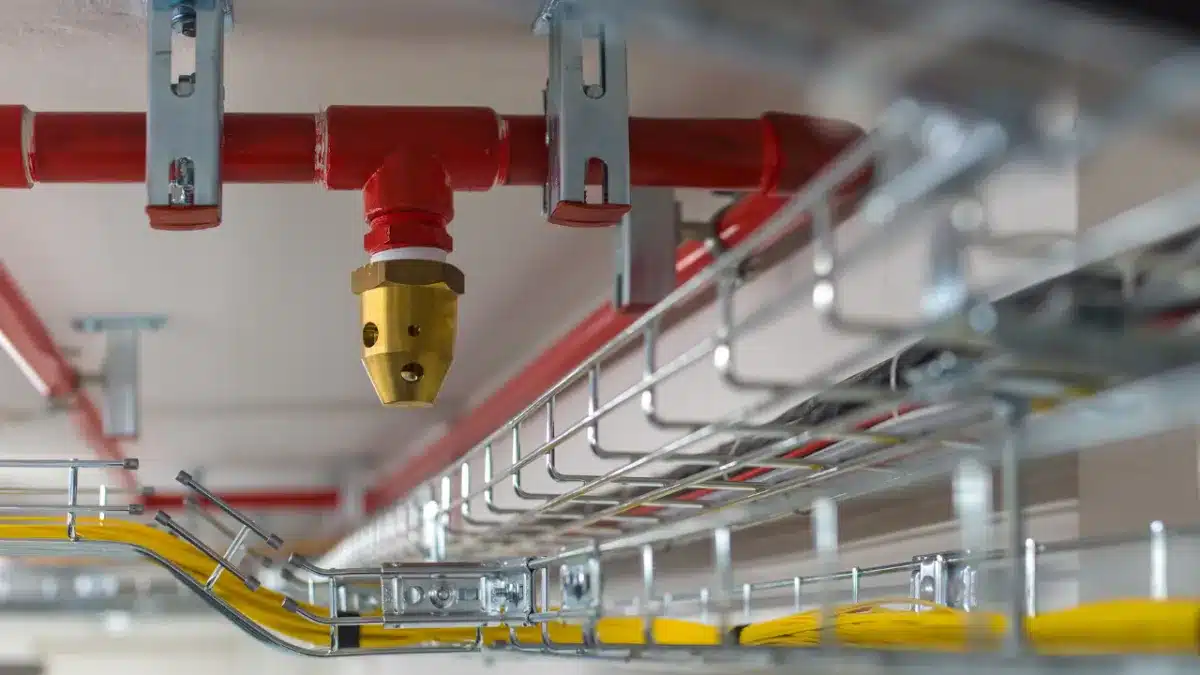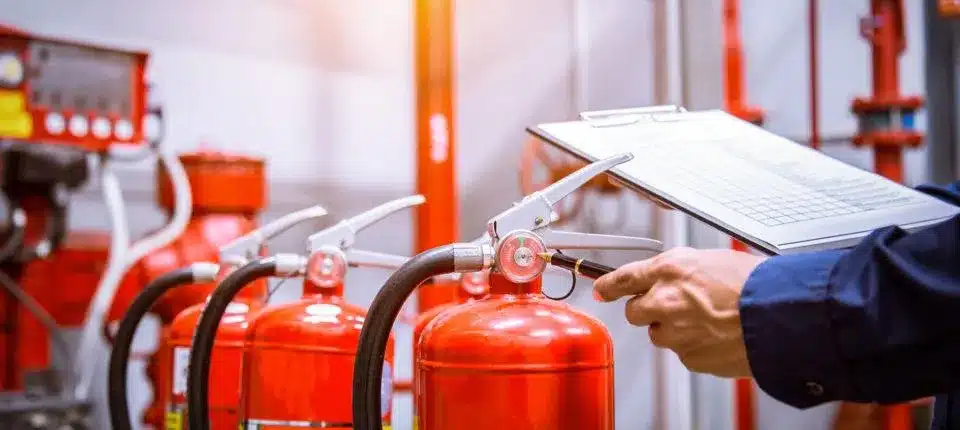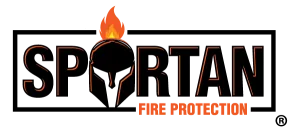Fire Alarm Safety in Medical Centers: Protecting the Healthcare Industry from Potential Fire Dangers

Fire alarm safety in healthcare environments presents unique challenges. There are plenty of vulnerable patients, dedicated personnel and critical equipment to protect as well as complex evacuation procedures to engineer. Healthcare facilities must maintain substantial and well-maintained fire alarm systems and protocols to ensure patient safety.
The Stakes Are Higher in Healthcare
Healthcare facilities face distinct fire safety challenges:
- Immobile patients: Many patients cannot evacuate without assistance
- Life-sustaining equipment: Power interruptions can be life-threatening
- 24/7 operations: Evacuation and response must function at all hours
- Complex building layouts: Modern hospitals can be difficult to navigate, especially in emergency situations
Key Components of Healthcare Fire Alarm Systems
Early Detection Systems
- Fire alarm systems that pinpoint exact fire locations
- Smoke and heat detectors with enhanced sensitivity settings
- Beam detectors for large open areas like waiting rooms
- Air sampling detection for early warning in critical care areas
Notification and Communication
- Multi-stage alarm systems with staff-only initial notifications
- Visual alerts in areas with hearing-impaired patients
- Voice evacuation systems with clear, calm instructions
- Integration with nurse call systems and staff communication devices
Regulatory Compliance
- NFPA 101 (Life Safety Code) requirements specific to healthcare
- NFPA 72 fire alarm code compliance
- The Joint Commission’s Environment of Care standards
- CMS Conditions of Participation for Medicare/Medicaid providers
Best Practices for Healthcare Facilities
Regular Testing and Maintenance
- Weekly visual inspections of notification devices
- Monthly testing of backup power systems
- Quarterly testing of voice communication systems
- Annual comprehensive system testing with documentation
Staff Training
- Facility-specific fire response protocols (RACE: Rescue, Alarm, Contain, Evacuate)
- Role-based training for various departments
- Simulated evacuation drills incorporating patient transport
- Cross-training on manual override procedures
Special Considerations for Different Departments
- Operating Rooms: Protocols for in-progress surgeries during alarms
- ICUs: Procedures for patients on ventilators or life support
- Psychiatric Units: Secure evacuation procedures
- Long-term Care: Staffing needs for resident evacuation
Emerging Technologies
- AI-powered early detection systems that reduce false alarms
- Mobile applications for staff with real-time evacuation mapping
- Integration with building management systems for smoke control
- Wireless evacuation chair tracking to ensure no patient is left behind
How We Can Help
Fire alarm safety in healthcare facilities requires a comprehensive approach that balances technology, training, and protocols. By understanding the unique challenges of the healthcare environment and implementing best practices, facilities can protect their vulnerable populations while maintaining regulatory compliance.
Fire alarm safety in healthcare facilities requires a comprehensive approach that balances technology, training, and protocols. By understanding the unique challenges of the healthcare environment and implementing best practices, facilities can protect their vulnerable populations while maintaining regulatory compliance.
Related Articles

Understanding The Different Types of Fire Sprinkler Systems
Explore various fire sprinkler systems—wet, dry, pre-action, deluge, and foam—to determine the best fit for your facility’s specific fire protection needs.

How To Clean Up Fire Extinguisher Residue
Learn effective methods to safely clean different types of fire extinguisher residues, ensuring your space is restored and hazards are minimized.

A Guide To Understanding Commercial Fire Protection Systems
Gain clarity on essential commercial fire protection components, enabling you to design, implement, and maintain systems that ensure safety and compliance.
